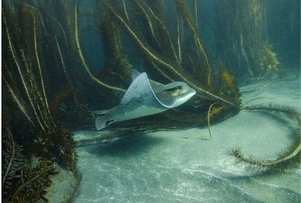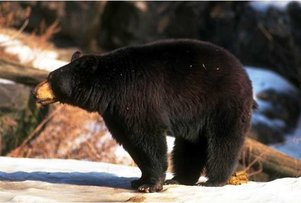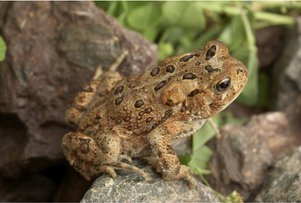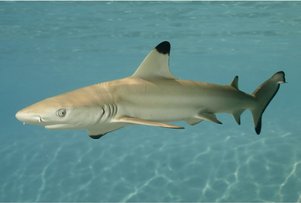The Scoop
Wings For Swimming
Different species of penguins thrive in varying climates, ranging from Galápagos penguins on tropical islands at the equator, to emperor penguins that are found only on the pack ice of Antarctica. Penguins are among the most social of all birds. During the breeding season they come ashore and nest in huge colonies called rookeries. Penguins have wings- but they use them like flippers, to propel themselves through the water as they swim. Did you know that penguins preen their feathers frequently? Feathers must be maintained in prime condition to ensure waterproofing and insulation.
The emperor penguin is the largest penguin, standing 44 inches tall- almost as tall as an eight year old kid. The smallest penguin is the fairy penguin which is just about 16 inches tall and weighs only 2.2lbs. Of the 17 penguin species, emperor penguins weigh the most. They weigh as much as a 12 year old boy- around 60-90 lbs. Penguins eat krill, which are tiny shrimp like creatures, squids, and fish. They can run as fast as most men, and swim faster than most fish.
Penguins are perfectly adapted to the environment in which they live, but this environment is now threatened by commercial fishing, oil pollution and coastal development. Penguin conservationists from all over the world have formed the International Penguin Conservation Work Group. Its aim is to promote penguin conservation world-wide, by drawing international attention to the threats facing penguin populations. You too can save a penguin by joining an ‘Adopt a penguin’ program from the World Animal Foundation, and help to make our planet a better place for animals.







